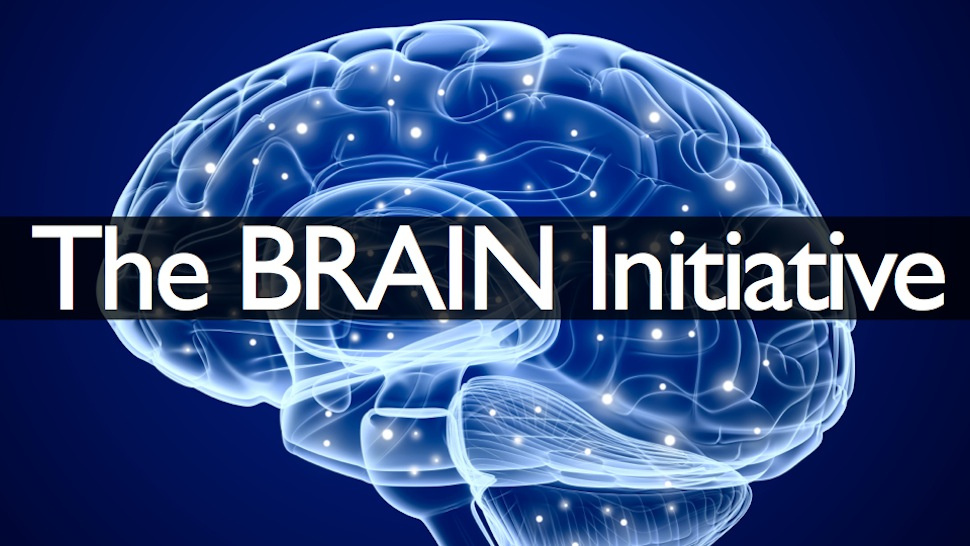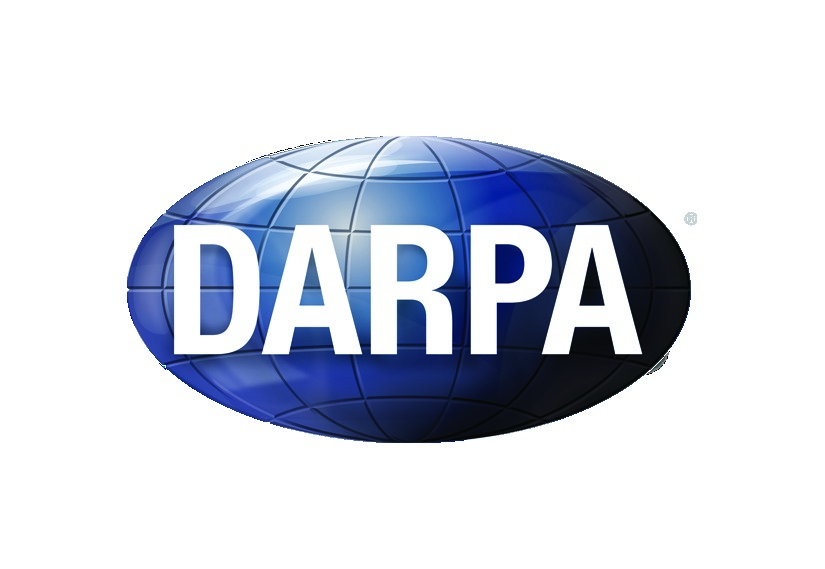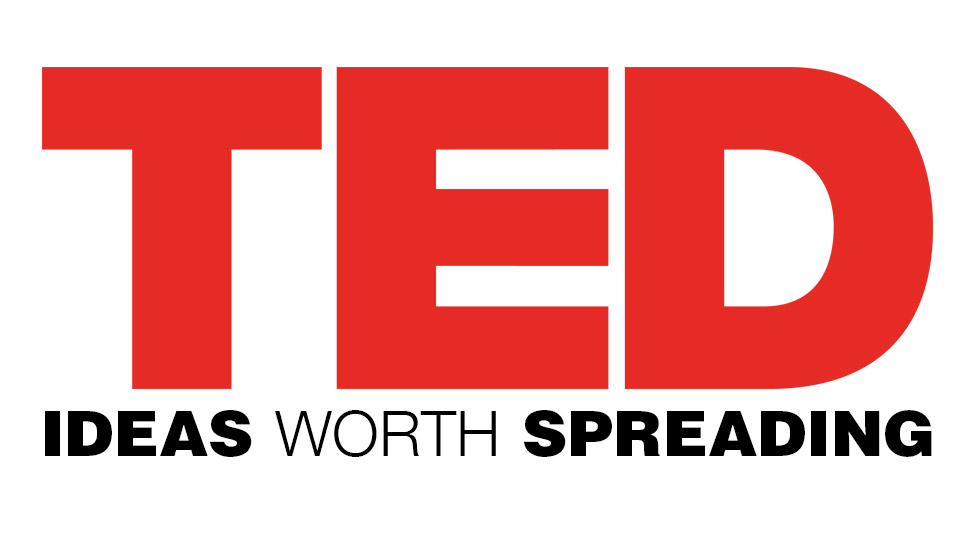
Dan’s storytelling goal is to blend fact, fiction, and “what if” possibilities, while placing characters in the gray areas of world politics, espionage and conspiracies, military operations, science, medicine, technology, and ethics. These stories involve complex situations that draw on the growing convergence of genetics, human evolution, neuroscience, nanotechnology, supercomputers, and distributed and artificial intelligence.
“Learning never exhausts the mind,” Leonardo da Vinci once said. Hopefully the fabric that the storytelling paint is placed upon is interesting.
While writing The Singularity Witness, from a Master’s thesis to its present form, Dan reviewed over 300 printed and electronic sources. During this time, some of the research even progressed from theoretical to applicable. Thirteen Across is similar as a research-based thriller with just under 300 sources reviewed (anything from pop culture and puzzle lore and history, wordplay approaches, people and places for settings, the human genome initiatives and genetics, locations in Washington, DC, etc.). While the present-time stories are fictional, many of the research threads are real. If you want to learn more about some of the core science in the story, below are a few links for The Singularity Witness core components.
Princeton Neuroscience Institute (PNI) at Princeton University
PNI is a partnership between the university’s departments of psychology and molecular biology. “The institute places particular emphasis on the close connection between theory, modeling, and experimentation using the most advanced technologies.” A core component of PNI’s work is computational modeling and analysis. PNI shares Peretsman Scully Hall with the Psychology department.
In The Singularity Witness, the fictional character Thomas Parker, M.D. , neurosurgeon and professor, conducts research and teaches at Princeton under PNI’s programs. Since the PNI building spaces are limited, Parker finds himself setting up shop in the university’s Engineering Quad.
The Brain Research through Advancing Innovative Neurotechnologies (BRAIN) Initiative
The BRAIN Initiative’s goal is to promote, develop, and apply innovative technologies that create a deeper understanding of neurological functions. This multi-group, public-private effort has an end-goal of building a brain activity map (a prior conceptual effort), one with enough distinctive clarity to document individual neural firings. A benefit of the BRAIN Initiative is that this research will shed light on a multitude of neurological disorders. The program is coordinated through the National Institutes of Health (NIH). DARPA’s fiscal and influential involvement supports their two-pronged approach: the advancement of technology for military purposes and better medical treatments for injured soldiers.
Led by Allen Institute for Brain Science, the BigNeuron’s multi-group effort attempts to define and advance 3D neural reconstructions and modeling, develop standardized protocols and establish workable data sets, and analyze neural structures.
The BigNeuron project’s goal is to produce a large, community-generated database of single-neuron morphologies, open-source tools for neuroscience, and community-driven protocols intended to serve as the standard for digital reconstruction of single neurons.
Human Connectome Project (HCP)
Funded by the National Institutes of Health (NIH), HCP strives to build a baseline connectome (a network map) that documents the anatomical and functional connectivity of the human brain. This endeavor is a large-scale, multi-group program that collects and shares data, with the end goal to address fundamental questions about human connectional human anatomy and neurological variation.
Defense Advanced Research Projects Agency (DARPA)
DARPA is one of the more visible US. federal research-based agencies. It’s core focus is to seek and develop emerging technologies that can be used by the U.S. military . Since its establishment under Eisenhower in 1958, DARPA has expanded its research interests across a wide range of industrial and scientific and medical fields, while maintaining a succinct vision on military applications (building a better soldier, advancing the next generation of military tools and approaches, and incorporating tactical advantages), and when practical it supports enhanced medical treatment of injured soldiers. Also check out IARPA if you’re interested in learning more along these lines.
TED: A Platform For Sharing Ideas
One advantage of today’s communication platforms (those that are established for the betterment of the world or its people) is that they can be used to shared ideas and knowledge. While the TED format is not perfect, its premise is that it’s devoted to the sharing of ideas (topics ranging from economics to science to emerging technologies to the modern frontiers of medicine to global concerns).
“The advancement and diffusion of knowledge is the only guardian of true liberty.” James Madison.

Mini-Brains: laboratory-engineered cerebral organoids can be used to mimic human brain structures, neurological pathways, and synaptic interconnections. These mini-brains are in the first trimester of development. These organoids are similar to what is presented in The Singularity Witness.
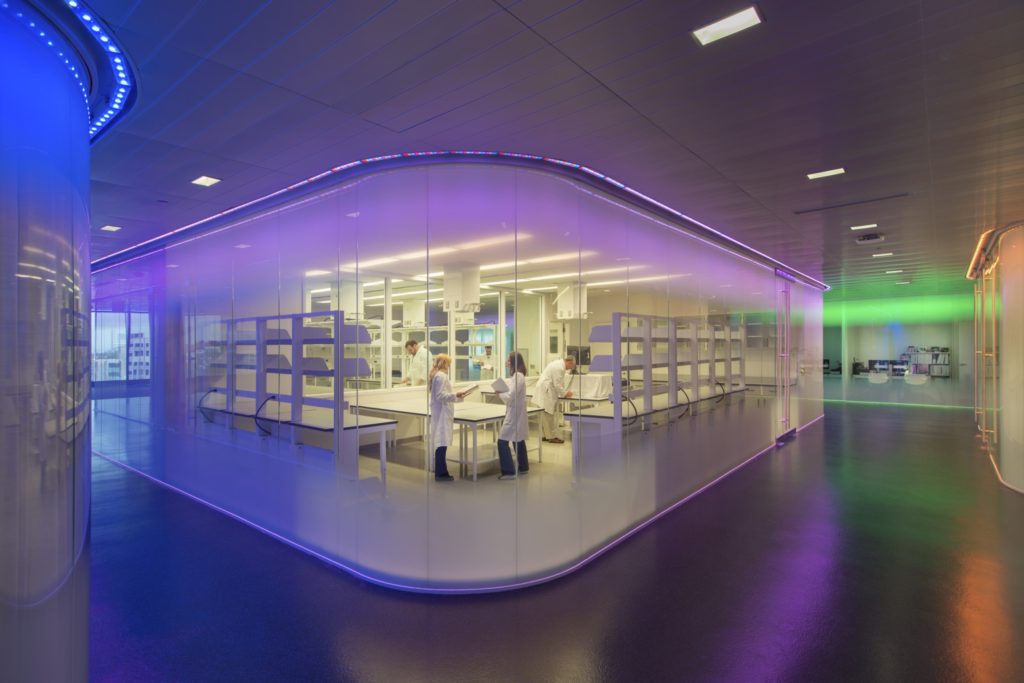
Modular Research Labs: hi-tech research environments come in a variety of configurations to match specific applications. The advantage of modular or pod configurations is that they can be transformed to fit future research needs. This lab arrangement is similar to the setting in The Singularity Witness.
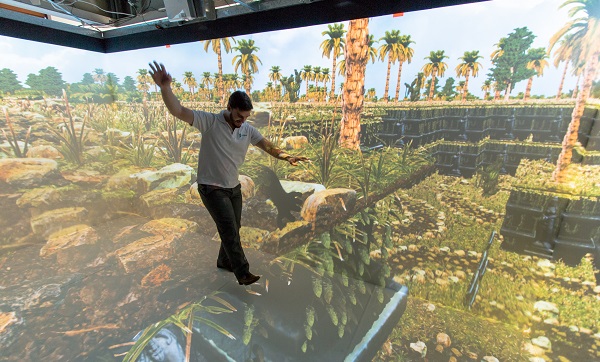
Holographic Immersive Theaters: the hybrid reality, holographic immersive theater described in The Singularity Witness came from a conceptual military application. The goal of virtual reality approaches is to create 3D spatial virtual-to-real aural environments and move the virtual reality (VR) sensors and project systems off the body. The photo is Holoverse by Meixner Imaging. A few other VR groups are EON Reality, DreamSpace, Super-KAVE & DiVE, and VisBox & CAVE.

